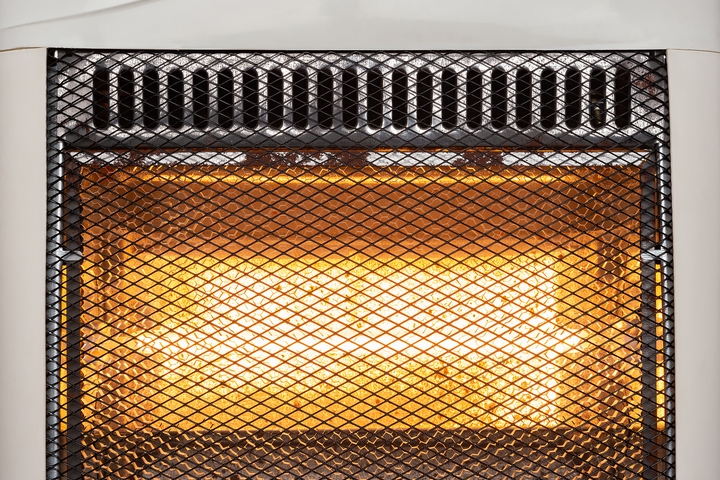7 Different Types of Furnaces and Their Features
Furnaces generate heat through combustion. They emit thermal energy to heat buildings, rooms and other structures. Some are used in industrial and commercial settings to process certain materials.
One thing to note about furnaces is that one size does not fit all. Before buying a furnace, do your research on the most appropriate appliance for your home.
Check out these seven types of furnaces and their features:
Type #1: Modulating Furnaces
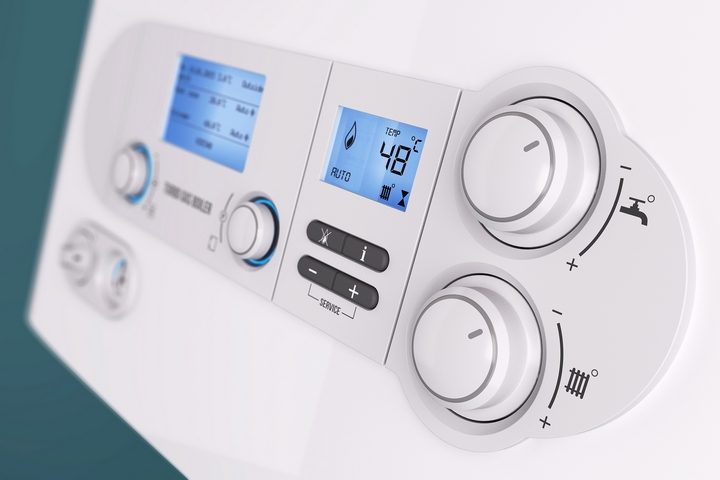
A modulating furnace is a type of furnace that allows the user to adjust how much heat is released at any given time. This means it always operates at optimal heating. Although models vary, most are designed to run using 1% increases or decreases to allow the furnace to monitor how much heat is needed. This type of furnace carefully adjusts the output by factoring in the temperature of your home.
A modulating furnace is efficient and provides even temperatures throughout the home. It is an excellent choice for homes in areas where winter tends to last for lengthy periods. Homeowners prefer these furnaces since they only run on demand, making them great for saving on monthly energy bills.
Type #2: Single-stage Furnaces
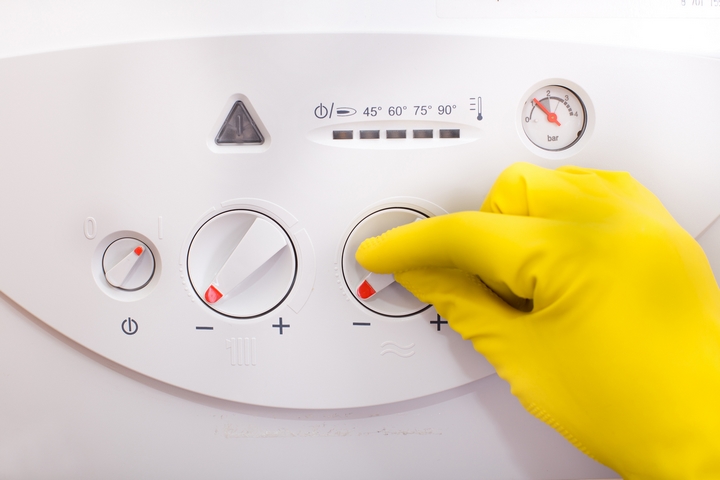
A single-stage furnace allows gas to flow at a high rate. This type of furnace features a single gas valve, which opens and closes to facilitate the flow of gas. These furnaces are designed to run at a constant speed and are generally noisy.
They are an ideal fit for fairly moderate and mild areas since they function at 80% fuel utilization efficiency annually, enough to keep your home warm. It doesn’t offer much in terms of cost savings per month. However, a single-stage furnace is inexpensive to install as less technology is involved in the process. This type of furnace system is also very durable, so only minimal furnace repair is required.
Type #3: Two-stage Furnaces
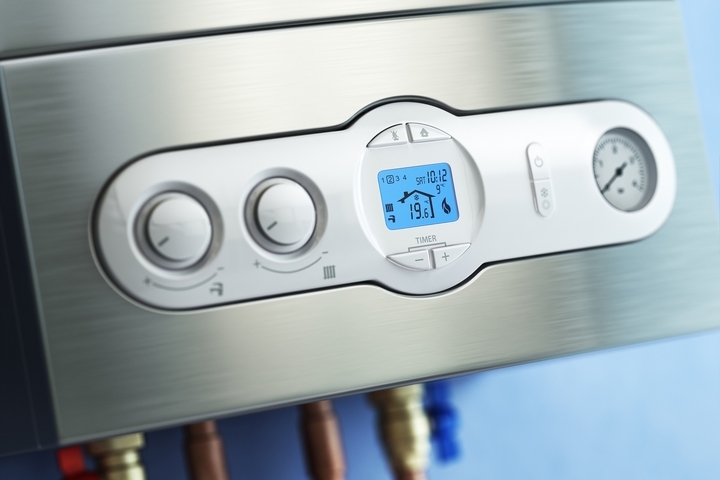
A two-stage furnace comes with more options than a single-stage furnace. It gives you more control over how the gas flows. You get to choose between full power and low/half power.
These furnaces can communicate with the thermostat to adjust the power according to the heating load demand. They function at 90% annual fuel utilization efficiency. On colder days, the furnace can be operated at half the power to heat the home.
When it gets colder, your thermostat will send a signal, which automatically opens up the valve to turn the furnace to full power. A two-stage furnace offers an extended heating cycle, which means hot air is better distributed, making your home more comfortable.
Type #4: Electric Furnaces
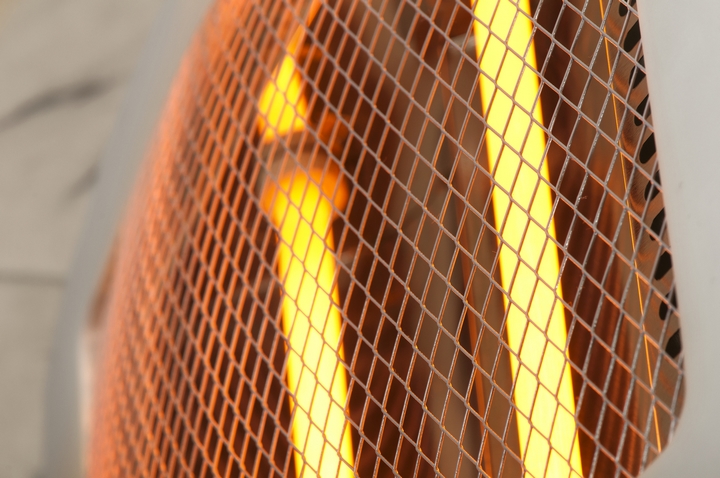
Electric furnaces are popular among homeowners as they don’t need a gas line. While some areas have access to natural gas, some people prefer not to have it piped to their homes since installing the pipework is expensive.
Families on tight budgets prefer using electricity since it’s readily available. It’s also cheaper and more efficient. If you are using an electric furnace, you don’t have to worry about carbon monoxide leaks and toxic fumes. Newer models are more efficient and easier to install.
Type #5: Oil Furnaces
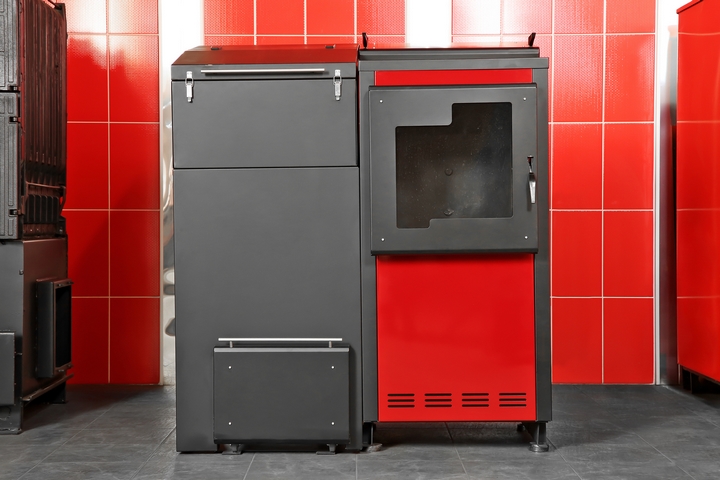
With oil furnaces, you need space on your property to store the oil. You will also need a delivery company to regularly fill up the tank. Should you run out of oil, the furnace won’t run. You will have to wait for the tank to be refilled.
Oil furnaces emit a lot of heat. While maintaining them is fairly easy, the dirt and soot buildup makes them extremely expensive to operate. If the chimney isn’t cleaned and oil filters aren’t changed regularly, you will be putting your family and yourself at the risk of a fire.
Oil furnaces are cheaper than their gas counterparts, but they’re less efficient as the fuel costs more. When buying an oil furnace, a homeowner needs to balance long term over immediate savings.
Type #6: Natural Gas Furnaces
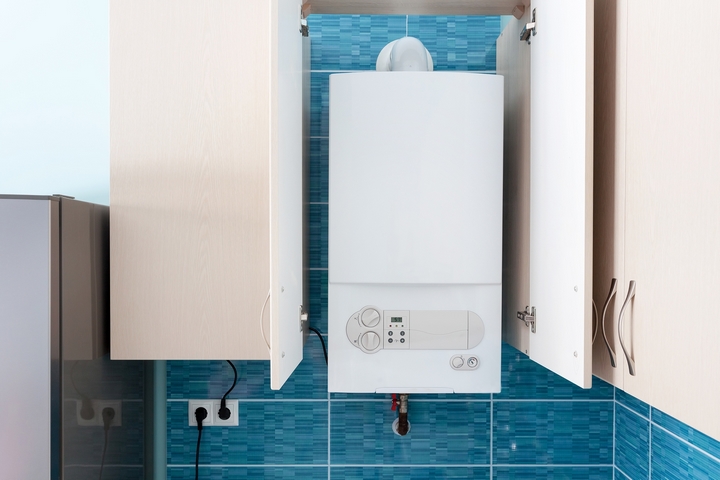
Natural gas furnaces have several benefits. They don’t break down often, making them fairly inexpensive to maintain. They are also the cheapest fossil fuel one can buy, which means running a natural gas furnace in your home significantly cuts down on monthly bills.
You don’t have to worry about pollution each time you turn the furnace on because it is the cleanest. It also produces the most heat when burnt, allowing you to use smaller amounts to heat your home.
Type #7: Propane Furnaces
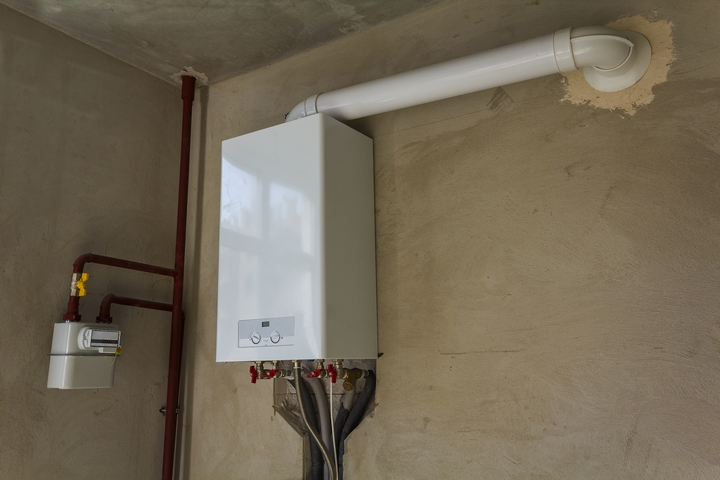
Propane furnaces are becoming more popular since propane doesn’t require a gas line and can be used almost anywhere. Just like an oil furnace, if the propane runs out, the furnace won’t heat the home.
So, it’s important to fill the tank regularly to ensure the family stays warm. Propane furnaces are versatile; they can be calibrated to use natural gas as an alternative in case of a propane shortage, or if there is a significant price increase. When burnt, propane produces more heat than other fuels. Consequently, it heats a home quickly.
A furnace is the main component in an HVAC system. Furnace comparison should begin with identifying which type of furnace is appropriate for your home. This depends on the available energy sources and your budget.

